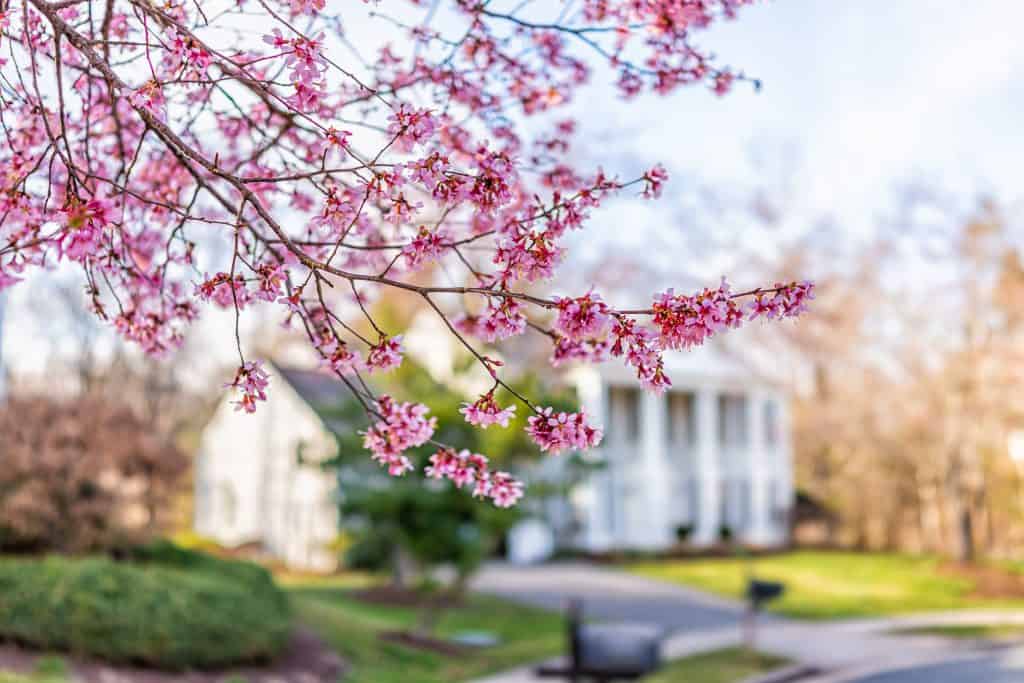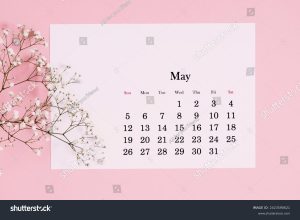Is Spring Really the Best Time to Sell a House?

We’re near the end of winter right now, but interest rates are going down a bit, leaving sellers wondering when the best time to put their home on the market might be.
During the height of the pandemic, typical seasonal patterns disappeared from the housing market because the demand was so high that any time was an excellent time to put your home on the market.
The market has stabilized and cooled a bit, so timing has to become a consideration again.
Overall, research and data show us that you will probably get the best outcomes if you sell your home during the late spring and early summer. You can earn thousands of dollars more on selling your home if you wait until the peak months—May, June, and July.
What’s the Best Month for Sellers?
 As mentioned, late spring is the best time to sell homes historically, and in that time period, May is the best month. According to ATTOM’s research on the sale of single-family homes and condos over the past decade, if you sell your house in May, you might net a seller premium of 12.6%. A seller’s premium is defined as the amount that’s above the market value of a home.
As mentioned, late spring is the best time to sell homes historically, and in that time period, May is the best month. According to ATTOM’s research on the sale of single-family homes and condos over the past decade, if you sell your house in May, you might net a seller premium of 12.6%. A seller’s premium is defined as the amount that’s above the market value of a home.
Going in order, the months you might earn the most on your home are May, June, July, and April. During these four months, there were almost 17 million transactions to purchase, according to ATTOM.
June isn’t too far ahead of July for the second-place spot, seeing a 10.7% seller’s premium. According to the ATTOM data, it was 10% for July.
In March and April, returns were 8.9% and 9.2%.
Once you get to September, based on this data, the seller premiums start to diminish, dropping to 7.9%.
If you’re on the other side of the transaction and hoping to buy a home, you might consider getting a jumpstart before those prime selling months. They’re the worst for buyers in terms of inventory and pricing.
The Impact of Seasonality
Every region experiences seasonality to an extent, but it can be more or less impactful depending on where you are throughout the country.
In places like the South and West, temperatures are more moderate, so there’s less of a gap between the peak and the slow seasons, according to the National Association of Realtors.
In the Midwest and Northeast, where there’s more variance in seasonal weather patterns, there’s also more of a disparity between home sales patterns.
Why Are Spring and Summer Best for Sellers?
If you list your home in the spring or summer, the weather is good, and that can be especially relevant if you live somewhere that gets a lot of cold weather. People are more eager to look at properties during these warm weather months because the days are longer, so the more exposure you get on a listing, the greater the chances of selling it.
Families also tend to look in the spring and summer to get into a new home before starting a new school year.
If you’re considering buying a house in the spring or summer, now’s the time to go ahead and get your finances in order, including a preapproval for a mortgage.
The Slow Times
The declines in seller’s premiums start in September, typically when families with kids have already found and moved into a home. The start of the holiday season comes shortly after that, so people put off homebuying, and it’s not necessarily a priority.
Plus, it’s cold, and the days are shorter, so people are less motivated to get out and look at properties.
Based on that, you might think January would be the worst month to sell, but data shows it’s October, with a 5.2% seller premium, according to ATTOM.
If we slip into a recession, it could mean that the historical trends of the real estate market are no longer relevant. If the economy contracts, people are less likely to want to make a big purchase. Even sellers might not necessarily want to deal with closing costs and commissions, so they could wait until the economy stabilizes.
Real estate is also incredibly localized, so while these might be general trends, you should talk to an expert in your area because they might have a different insight.
